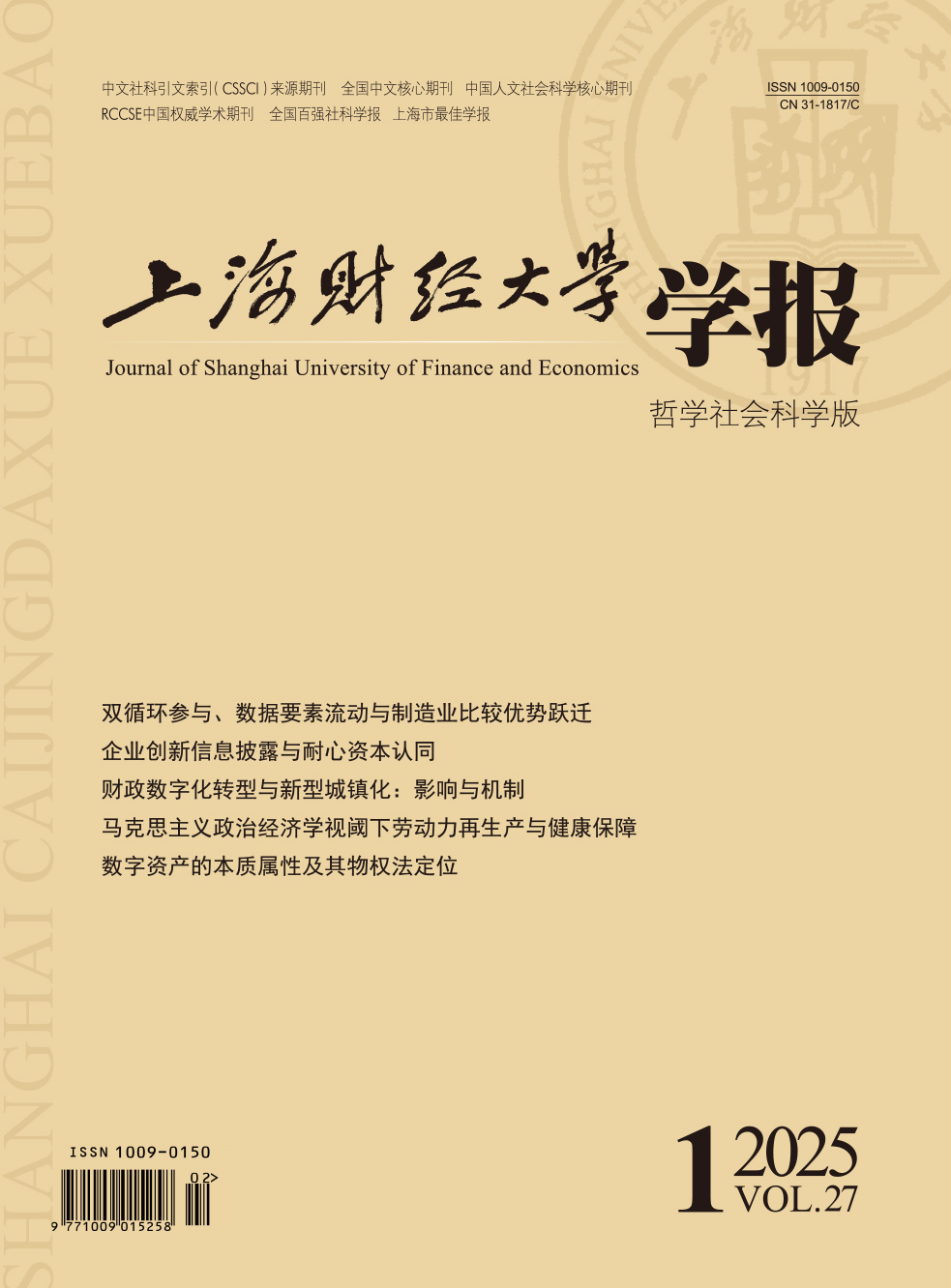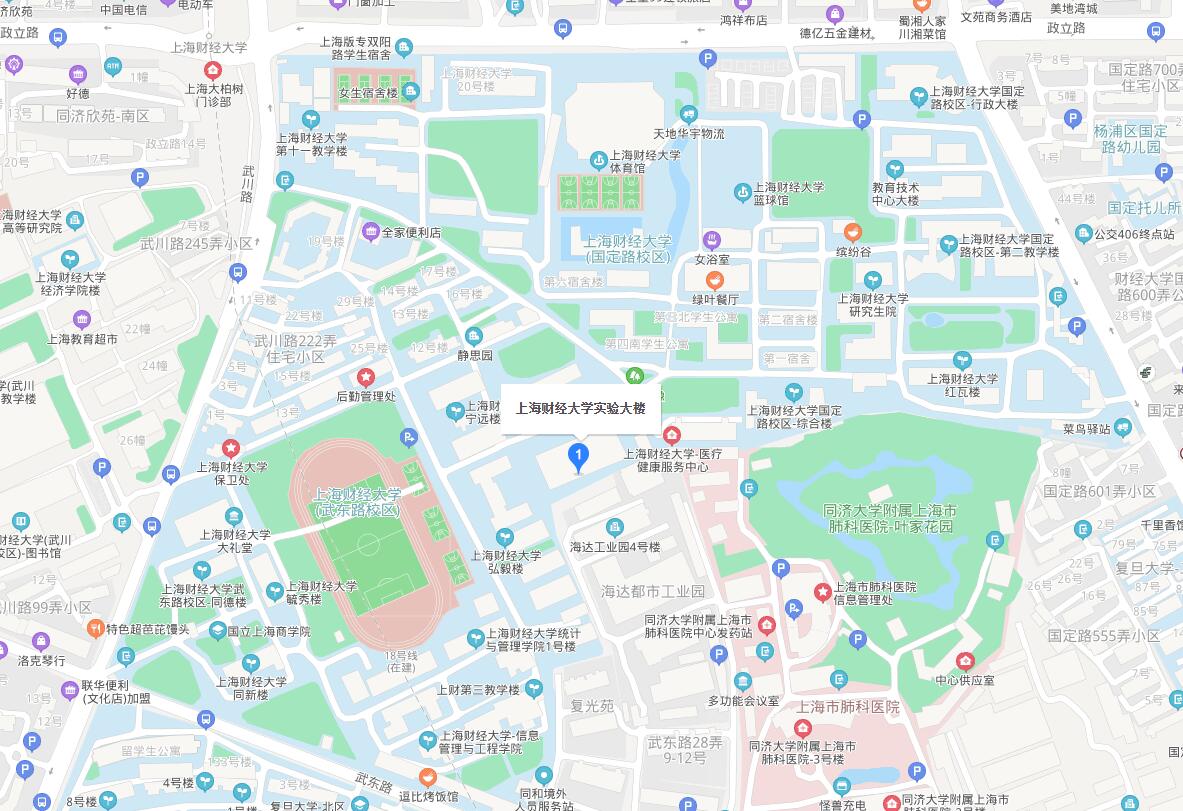As a data-driven posterior and innovative voluntary carbon emission reduction mechanism, the consumer-end carbon inclusion mechanism is the product of the deep integration of green consumption concepts and digital smart governance modes. The establishment of a consumer-end carbon inclusion data governance mechanism is not only a reflection of China’s active fulfillment of its international obligations of “energy conservation and emission reduction”, but also provides “hard core” incentives for the public to fulfill its environmental protection obligations with “soft law” attributes. In this paper, the different legal benefit types of such data loads based on the differences in presentation patterns and application scenarios of consumer-end carbon inclusion data are distinguished from the perspective of top-level design, thus deeply exploring the practical application value of such data. Consumer-end carbon inclusion data governance can be divided into two succeeding stages following the concept of “harmonious coexistence between man and nature”. In the recent stage, it is urgent to prevent the risk of abuse and misuse of such data by interpreting and continuing existing laws to link and connect the green consumption field with the green economy field and the green finance field, thus shaping the orderly circulation, sharing, and allocation of such data among the public, operators, and the country. In the long run, it is necessary to set up prudent and layered interoperability standards for consumer-end carbon inclusion data to promote the large-scale and intensive application of such data to achieve the dual goals of “stimulating innovation potential” and “protecting market competition”. Moreover, it is necessary for the legislative body to create a “basic law” on consumer-end carbon inclusion data governance, and define “environmental justice” and “encouragement of innovation” as the basic principles of data governance, thus exerting a macro-control effect on this data governance system. From the macro perspective of “the rule of law empowering green development”, in addition to consolidating the institutional foundation of the commercial and public welfare application of such data, the construction of a systematic legal governance mechanism for consumer-end carbon inclusion data can also enhance China’s green governance performance and create new industries, new modes, and new driving forces for the development of new quality productive forces.
 / Journals / Journal of Shanghai University of Finance and Economics
/ Journals / Journal of Shanghai University of Finance and EconomicsJournal of Shanghai University of Finance and Economics
LiuYuanchun, Editor-in-Chief
ZhengChunrong, Vice Executive Editor-in-Chief
GuoChanglin YanJinqiang WangWenbin WuWenfang, Vice Editor-in-Chief
Governance Logic and Normative Construction of Consumer-end Carbon Inclusion Data
Journal of Shanghai University of Finance and Economics Vol. 27, Issue 01, pp. 138 - 152 (2025) DOI:10.16538/j.cnki.jsufe.2025.01.010
Summary
References
Summary
Cite this article
Zhai Wei. Governance Logic and Normative Construction of Consumer-end Carbon Inclusion Data[J]. Journal of Shanghai University of Finance and Economics, 2025, 27(1): 138-152.
Export Citations as:
For
ISSUE COVER
RELATED ARTICLES




 2896
2896  4578
4578

